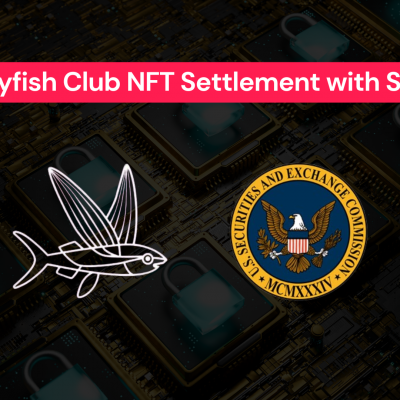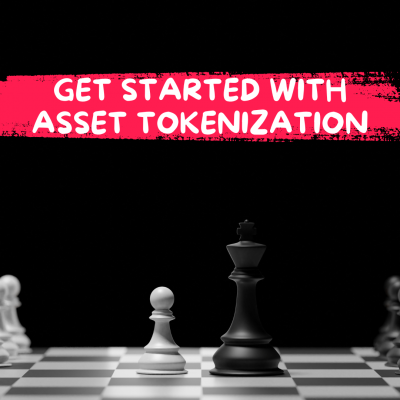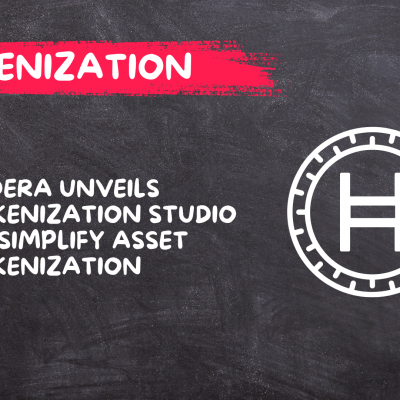A new cryptocurrency that is designed to be as easy as possible for non-technical people to understand and use. What are the pros and cons? How will it change the world of currency? Find out in this article!
The “Avalanche” is a cryptocurrency that was created in the year 2013. It has been described as being a simple and easy to use digital currency. The “Avalanche terrain” refers to the way that it is designed, which is meant to be used on mobile devices.
Ava Labs of Singapore created Avalanche (AVAX), a layer-1 smart contract technology. It’s an Ethereum-compatible proof-of-stake blockchain. Developers may use the platform to construct and deploy decentralized applications.
There are three subnets that regulate the Avalanche network:
- The Avalanche Virtual Machine instance Trade Chain (X-Chain) is used to produce and exchange tokens (AVM)
- Validators collaborate to create and track subnets in the P-Chain.
- The Contract Chain (C-Chain) is an instance of the Ethereum Virtual Machine (EVM) that develops and distributes smart contracts.
Avalanche: Its Purpose and Speed
The Avalanche network can provide a wide variety of functionality without losing performance since each subnet only needs to perform a single set of operations. The speed and versatility of the P-Chain will appeal to developers who want to build bespoke blockchains on top of it.
The network’s main token is AVAX, although developers may build their own on the network’s specialized blockchains. In the genesis block, a total of 120 million AVAX tokens were created.
Avalanche fees, like those on the Ethereum network, are burnt, limiting the token supply.
Avalanche is a proof-of-stake platform that awards block rewards to validators. Validators may earn up to 11% APY on staked AVAX, with a 9.75 percent average annual return.
KEY PROJ
Ava Labs and the Avalanche Foundation lead the Avalanche network. Internal research and development is handled by Ava Labs, which includes the Avalanche network.
The Avalanche Foundation’s Blizzard Fund supports third-party innovation on the Avalanche network.
Avalanche-X, a business accelerator that finances Decentralized Finance (DeFi) and community initiatives, is also operated by the organization.
To outperform rival layer-1 smart contract systems in terms of speed and cost. Some believe that attaining this goal would give it an edge over the Ethereum network, which has been reported to have gas prices of up to $100 per transaction.
Team HQ
Ava Labs, a division of Avalanche, includes offices in New York and Miami and a global core team of engineers, economists, and attorneys. Employees from Microsoft, Google, NASA, and other important organizations make up the Avalanche team.
With the support of Polychain and Three Arrows Capital, Avalanche staged a token sale in September 2021 to raise $230 million for development.
Layer-2
Avalanche is a Web3 protocol hoster that can host layer-1 smart contracts that are Ethereum compliant.
Popular layer-2 projects that employ Avalanche for a variety of purposes include:
Topps NFTs, Curate, and Niftyx Protocol are all NFT markets.
- Curve, Nexo, Aave
- Yield, Snowball, Yak Yield
- Markr, DeBank, Ape Board
A comprehensive list of layer-2 platforms may be found on Avalanche’s main page.
Purchasing AVAX
- The simplest method to invest in Avalanche is to purchase AVAX tokens. You won’t be able to invest in Avalanche or its layer-2s unless you locate a DeFi index fund that does.
- AVAX may be purchased on controlled exchanges like as Coinbase, Kraken, and Gemini, as well as decentralized exchanges such as Pangolin and Rubic.
Choose a scenario.
You may hold AVAX after purchasing it and wait for it to appreciate in value. You may also earn yield with your AVAX. The negative is that most, if not all, yield farming methods need you to wait before returning your tokens, which means you risk missing out on a sale if you don’t return them in time.
With this simple guide, you can discover more about yield farming.
Staking
To earn yield on AVAX, become an Avalanche validator. Placing your AVAX on the platform is a good idea. It varies depending on the number of tokens invested, but it now averages roughly 9.75 percent every year.
Liquidity
AVAX may potentially be used to provide liquidity to a cryptocurrency exchange. The Pangolin Exchange is a layer-2 mechanism based on Avalanche. Liquidity providers get 0.25 percent of all trades on the deposited token pair in accordance to their participation of the pool.
Providers of liquidity for an exchange should be aware that doing so may result in a temporary loss. When you offer two-sided liquidity and then withdraw it, you incur impermanent loss since you do not get the same proportion back.
One example is providing liquidity at a decentralized exchange (DEX). When you withdraw your liquidity, you will earn more ETH than USDT if other users sell their ETH to acquire your USDT. This counteracts transactions by balancing liquidity pools. If the value of ETH has dropped since you originally supplied liquidity, your withdrawal will be worth less than your initial $2000.
Because the user may maintain their provision in the DEX until the ratio balances, this is just a temporary loss.
Invest in anything other than cash.
You can invest in Avalanche and set up an exchange if you’re feeling brave. On the Avalanche platform, you may create a dApp, a token protocol, or an exchange by yourself or with a team.
Finally, some ideas
Always consider your degree of engagement and risk tolerance, as well as the following:
Because all investors and investments are different, there is no such thing as a good investment. However, there are some bad investments out there.
When a project connects with your own values, interests, and beliefs, it’s a lot simpler to grasp. As a result, it’s a more safer investment on that level.
Do your own research, talk with your financial adviser, and never risk more money than you can afford to lose when it comes to investing.
The “types of avalanches” are a form of popular and well-known cryptocurrency that is used to make payments. There are three types of avalanches: Bitcoin, Ethereum, and Litecoin.




